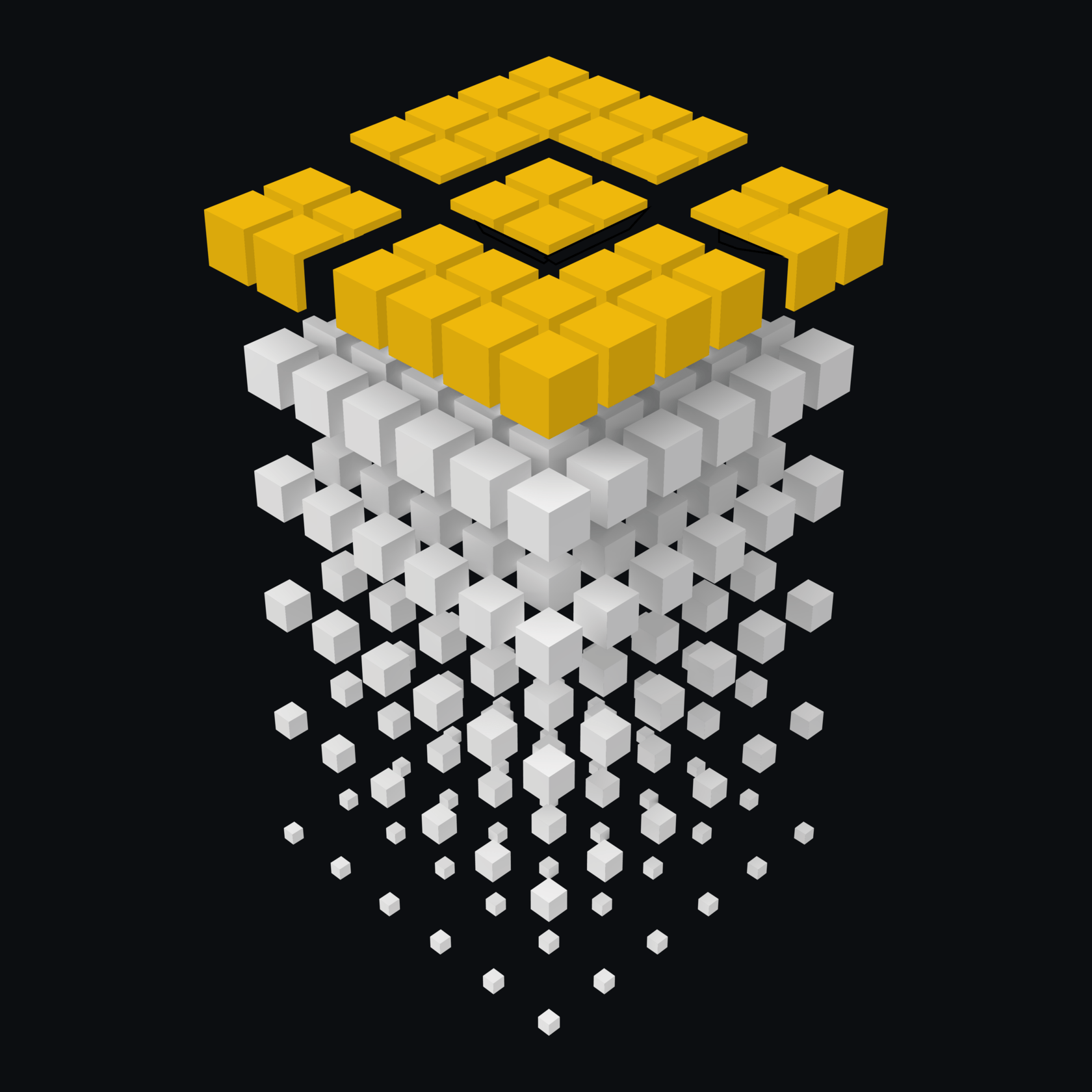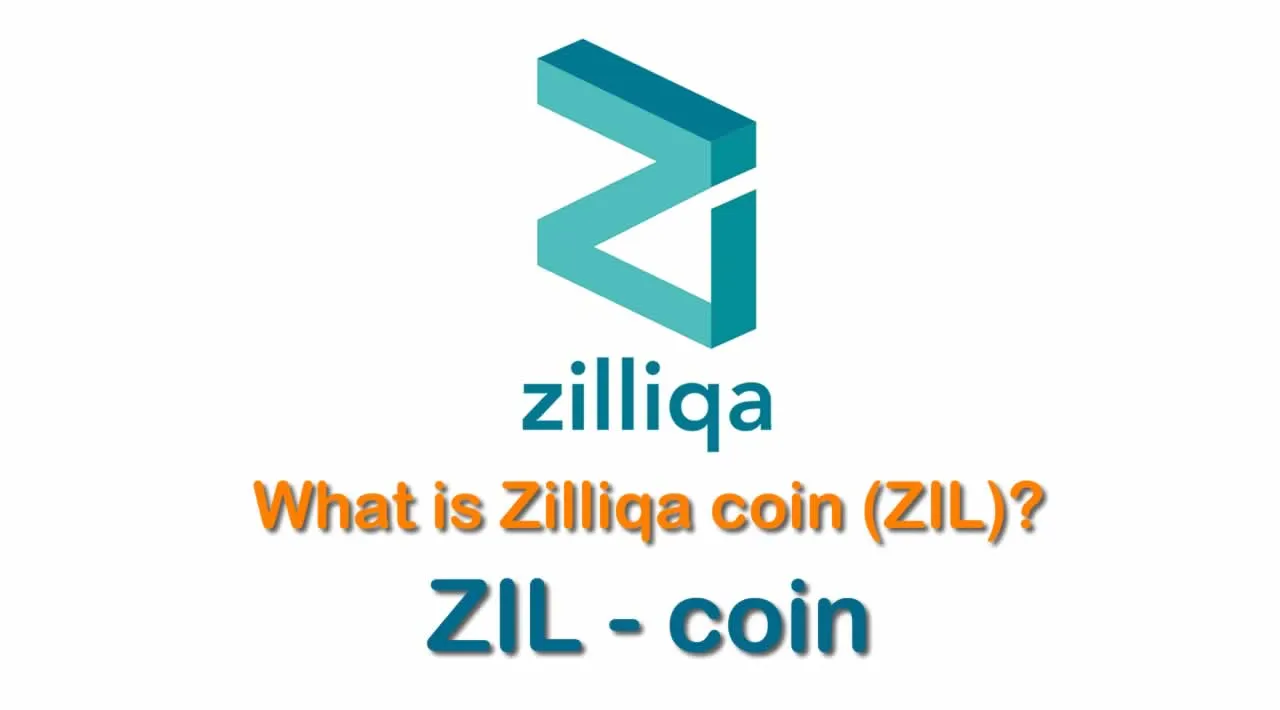What is Zilliqa coin (ZIL) | What is ZIL coin
What Makes Zilliqa Unique?
Zilliqa claims to be the world’s first public blockchain to rely entirely on a sharded network. This allows it to achieve high throughput and a high rate of transactions per second, which it says solves the scalability issue. Because each shard processes transactions individually, as the network grows and the number of shards increases, the number of transactions that can be processed per second also increases. As well, records are immediately added to the Zilliqa blockchain after being processed, meaning that no additional time for confirmation is required.
Zilliqa seeks to become the blockchain of choice for large-scale enterprise use, including among the advertising, gaming, entertainment and financial services and payments industries. In its 2018 position paper, its team states that the platform “aims to rival traditional centralized payment methods such as VISA and MasterCard.”
Both Anquan Capital and Zilliqa Research, the company responsible for developing Zilliqa, hold significant reserves of ZIL.

How Is the Zilliqa Network Secured?
The Zilliqa network is secured through a practical Byzantine Fault Tolerance, or pBFT, consensus protocol, meaning that at least two-thirds of all nodes must agree that a record is accurate in order for it to be added to the blockchain. Each Zilliqa blockchain shard relies on a group of nodes to confirm a subsection of all the transactions, and once each shard has reached a consensus, a second group of nodes confirms the shards’ collective results and adds a new block to the blockchain.
The network uses elliptic-curve cryptography to secure its consensus protocol and allows for multisignatures. In addition to the pBFT consensus protocol that secures its transaction records, Zilliqa also uses a proof-of-work algorithm to assign node identities and generate shards.
Zilliqa developed a new language, Scilla, for its smart contracts. Short for Smart Contract Intermediate-Level Language, Scilla is a safety-focused language intended to automatically identify and eliminate security vulnerabilities at the language-level and make it easier to formally verify the safety of smart contracts through mathematical proofs.
Where should you store $ZIL?
A crypto wallet is essentially software that stores public or private keys and engages with a particular blockchain platform to enable users to send, receive and trade cryptocurrency, and keep a close watch on their asset balances.
Storing your $ZIL in wallets that are secure, user-friendly and accessible is of the utmost importance. Wallets come in several types such as hardware, software, desktop. Below, we share our recommendations for the top mobile wallets you can use.
What is Sharding?
Generally, sharding is a database partitioning technique. Blockchain networks often use it to achieve scalability (i.d. allow the networks to process an increased number of transactions at the same time). The smaller partitions in the blockchain network are called shards. It is worth noting that while each shard contains its own data, none of them is dependent on the other ones.
The primary benefit of sharding is that the blockchain needs to store and process the transactional information through the nodes of one shard only. Otherwise, the information would have gone through all the nodes of a network. It would result in the network becoming slower and slower with every new participant. Sharding resolves this issue by breaking the single chain up into multiple concurrent chains.
The sharding architecture is all about creating a feasible way to accomplish horizontal partitioning of the database. Basically, partitions work as rows where each row is categorized according to the distinct purposes it serves. For instance, one of the shards may get allocated for keeping the records of some transactions.
Let’s try to understand this with the help of a real-life example. Let’s suppose the blockchain is used to store records relating to rental real estate transactions. The entire transaction can be distributed among multiple shards. One shard may correspond to the name of the customer. Another shard may correspond to the digital keys that a renter would receive upon paying the rent. It is important to remember that sharding architecture retains the original properties of the decentralized ledger. Each shard is designed in such a way that it can be shared among other shards.
How Zilliqa Leverages Sharding?
Zilliqa is a brainchild of several academics, entrepreneurs, and engineers. This mixed team aimed at equipping developers and enterprises with a scalable and secure platform suitable for building decentralized applications.
The team launched its mainnet in January, 2019. Zilliqa became the first-ever blockchain platform to leverage sharding as a solution to scale up. It has its own unique way of using sharding for enabling the blockchain’s linear growth.
The sharded architecture of Zilliqa has three essential features: it is scalable, secure, and decentralized. Let’s have a brief look at each of these qualities!
1. Scalability
As we already know, Zilliqa divides the blockchain network into multiple parts. Each of these groups processes transactions concurrently. If six shards (each with 600 nodes) work simultaneously, the total number of transactions processed per second would be 2828.
Since Zilliqa’s operational capacity is much more great than that of Bitcoin or Ethereum, the transaction fees are bound to come down within this system. A Zilliqa transaction is estimated to cost $0.000023, whereas a Bitcoin one would cost $1.79, and an Ethereum one — $0.016.
Along with the sharding architecture, the newly introduced consensus mechanism would enable Zilliqa to confirm transactions much faster than the other legacy blockchains. Estimates show that while the transaction confirmation time in Bitcoin is nearly an hour and six minutes in Ethereum, Zilliqa can confirm transactions in an interval falling anywhere between the range of 40 seconds and 2 minutes.
2. Security
It is important to note that improving scalability does not come at the cost of security being compromised. The network uses time-tested and verified security mechanisms and a smart contract language named Scilla: it addresses many challenges, vulnerabilities, and loopholes that other smart contract languages do not.
3. Decentralization
Despite being based on shards, Zilliqa remains decentralized. It does not need a coordinator to process all the transactions.
Zilliqa has some other qualities to offer its users as well. Did you know that the mining process of Zilliqa coins is eco-friendly and sustainable? It takes just a minute out of every 2–3 hours to mine these coins! Also, Zilliqa is compatible with a wide range of applications, wallets and DApps.
Zilliqa Tokenomics
The native token of Zilliqa is denoted by the ticker ZIL. The maximum supply of ZIL tokens is 21 billion coins. It’s interesting to mention that Zilliqa coins were put in circulation even before the launch of the namesake mainnet; in January, 2018, the platform sold ZIL coins as ERC-20 tokens during a token generation event. After the mainnet launch, the platform transferred the tokens to it with the help of a token swap. It happened in February, 2020.
The platform has already distributed 60% of all ZIL coins (nearly 12.6 billion tokens). It has also been decided to generate the rest of them (40%, almost 8.4 billion) through mining. As far as funds allocation is concerned, 10% percent of the funds go to Anquan Capital, 12% are allocated for future research, and 5% are to be saved for the team members.
It has been agreed that all Zilliqa coins will be minted within ten years. With each year passing, the block mining rewards go a little bit down. The future Zilliqa roadmap is to mine nearly 80% of its coins in the first four years.
The Future Roadmap
Zilliqa continues to research the field in order to develop the best strategy. It has been reported that the company is currently pursuing 14 projects! Among them, there is one called ZIP (Zilliqa Improvement Proposal). ZIP-3 will be defined by a staking mechanism promoting and regulating the seed node hosts within the Zilliqa Network (these seed nodes supporting the very Zilliqa network architecture). Unlike other seed nodes run by many exchanges, the Zilliqa ones would be able to decentralize the overall seed node architecture.
Looking for more information…
☞ Website ☞ Explorer ☞ Whitepaper ☞ Source Code ☞ Social Channel ☞ Social Channel 2 ☞ Social Channel 3 ☞ Coinmarketcap
Would you like to earn ZIL right now! ☞ [CLICK HERE](https://www.binance.com/en/register?ref=28551372 “CLICK HERE”)
Top exchanges for token-coin trading. Follow instructions and make unlimited money
☞ Binance ☞ Bittrex ☞ Poloniex ☞ Bitfinex ☞ Huobi ☞ MXC
Thank for visiting and reading this article! I’m highly appreciate your actions! Please share if you liked it!
#bitcoin #crypto #zilliqa coin
